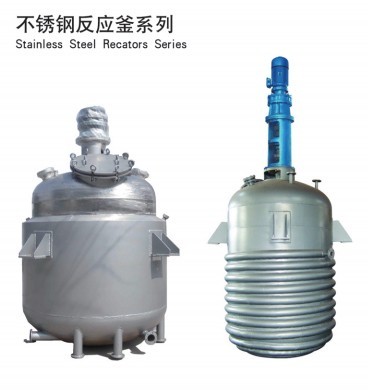

Stainless steel reactors have a wide range of applications in industries such as chemical and pharmaceutical, and their safety is an important aspect that cannot be ignored in the production process. The following is a detailed discussion on the safety of stainless steel reactor in pharmaceutical industry:
The structural design of stainless steel reactors must strictly follow relevant standards and specifications to ensure that they can withstand harsh conditions such as working pressure, temperature, and chemical corrosion. During the design process, it is necessary to accurately calculate and optimize the wall thickness, material, sealing structure, etc. of the reactor to prevent safety accidents such as leakage and explosion caused by design defects.

Stainless steel material is widely used in reactor manufacturing due to its excellent corrosion resistance and mechanical properties. However, different grades of stainless steel have different chemical compositions and performance characteristics, so it is necessary to choose the appropriate stainless steel material based on the characteristics of the reaction medium and process conditions. In addition, strict inspection and testing of materials are required to ensure compliance with relevant standards and requirements.
Safety devices: Install necessary safety devices on the reactor, such as pressure gauges, thermometers, safety valves, rupture discs, etc., to monitor the operating status of the equipment in real time and take timely measures in case of abnormal situations.
Develop a comprehensive emergency plan, specifying the emergency response steps and personnel evacuation plan in case of safety accidents such as leaks, fires, explosions, etc. Regularly organize emergency drills to improve the emergency response and self rescue capabilities of operators.
 Address:Room 1202, Detaitang Building, No. 118 Huaguang Road, Zhangdian District, Zibo, Shandong
Address:Room 1202, Detaitang Building, No. 118 Huaguang Road, Zhangdian District, Zibo, Shandong WhatsApp:+8613386433135
WhatsApp:+8613386433135 Tel: +8613386433135
Tel: +8613386433135